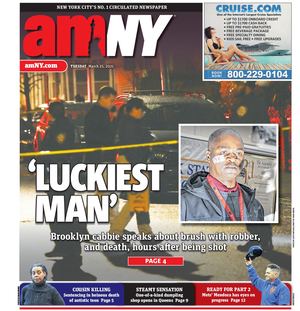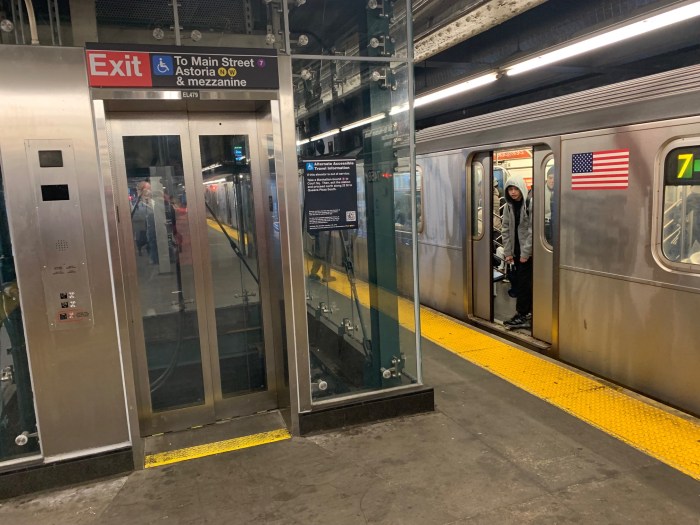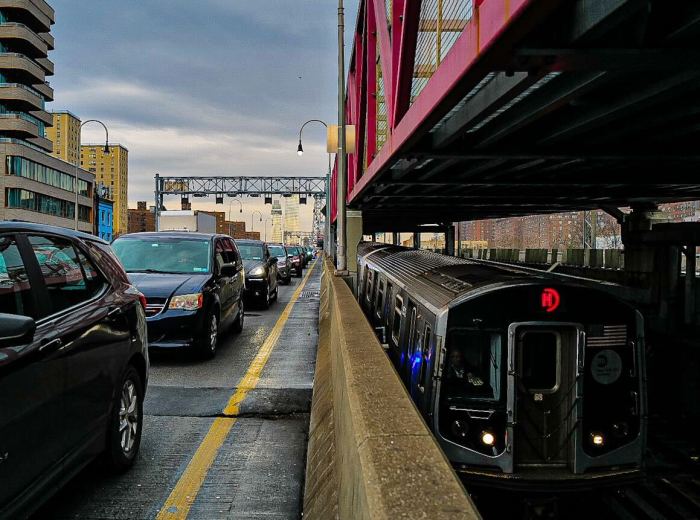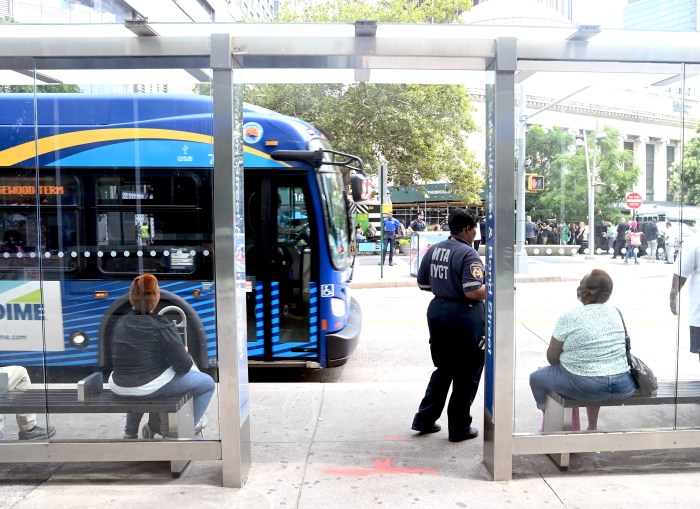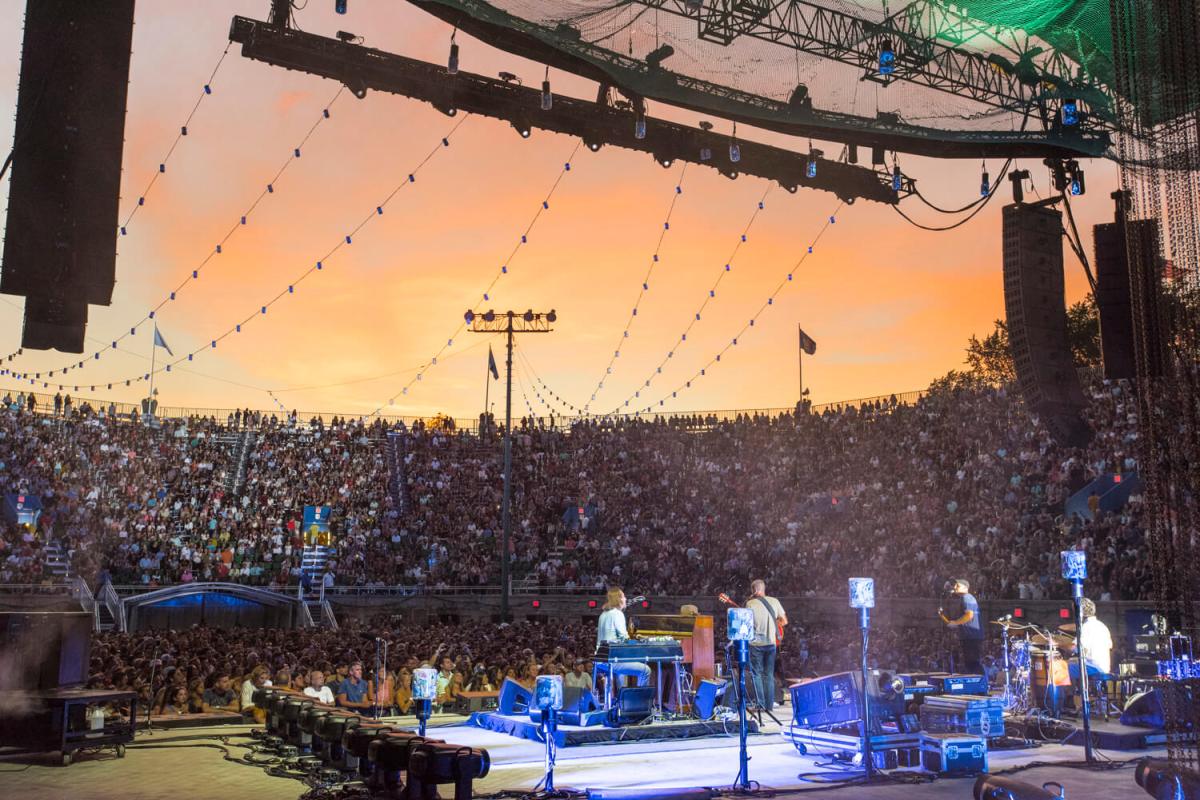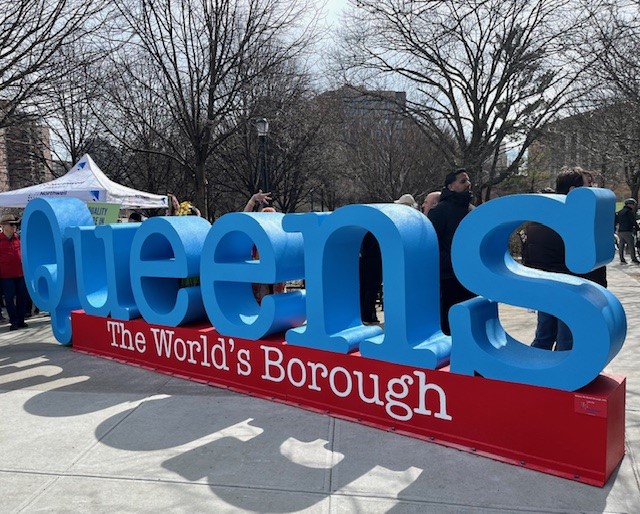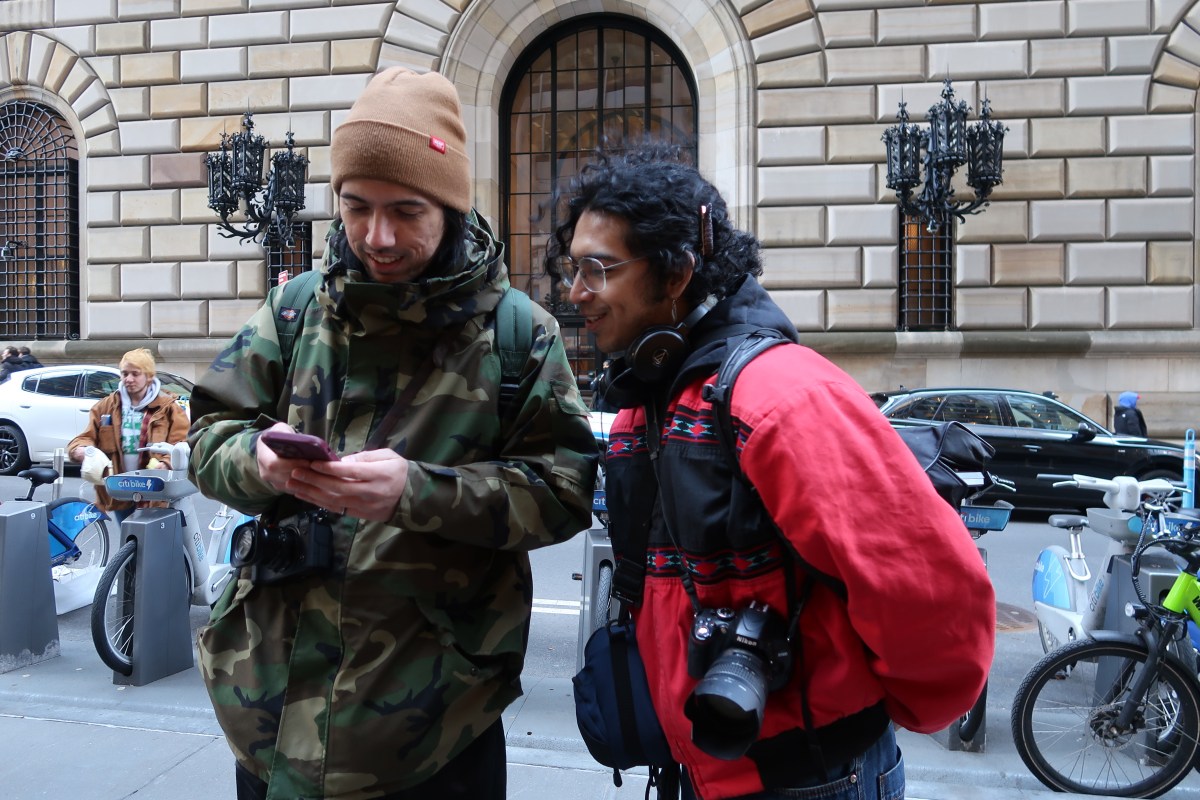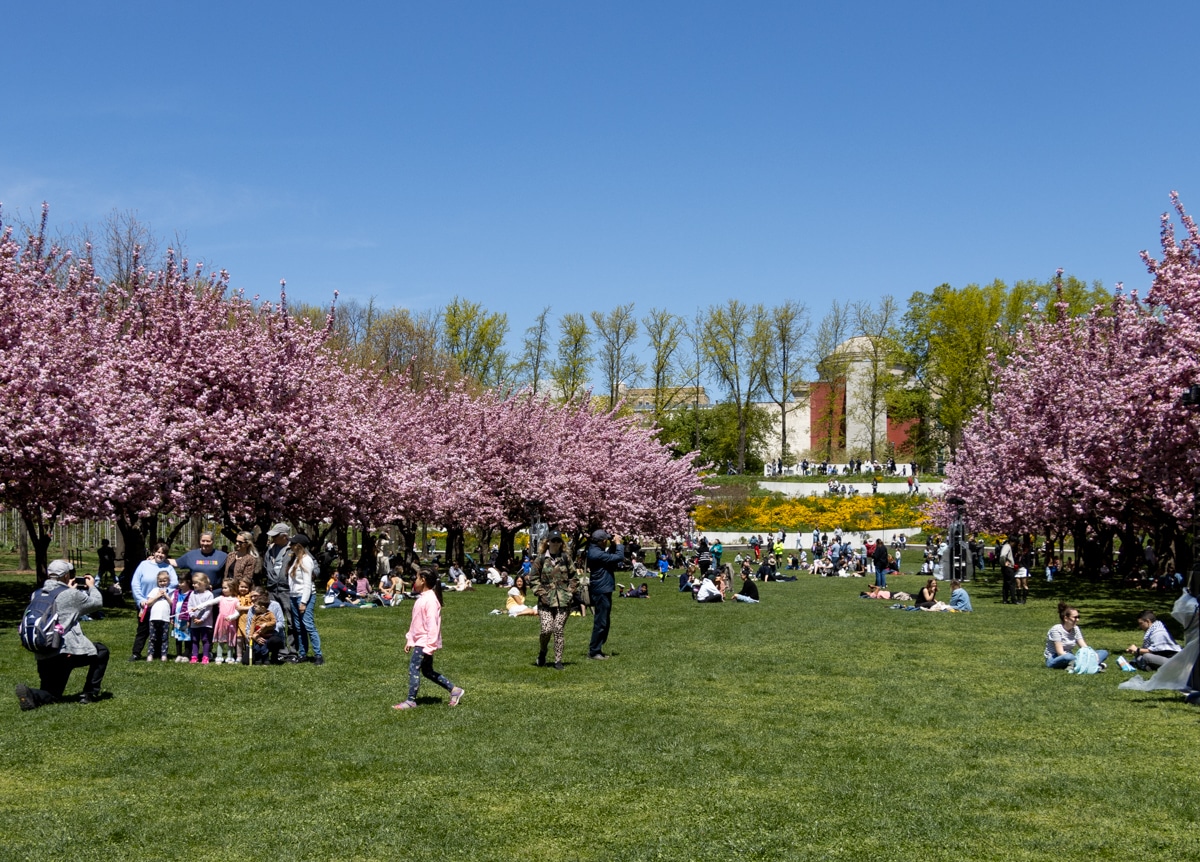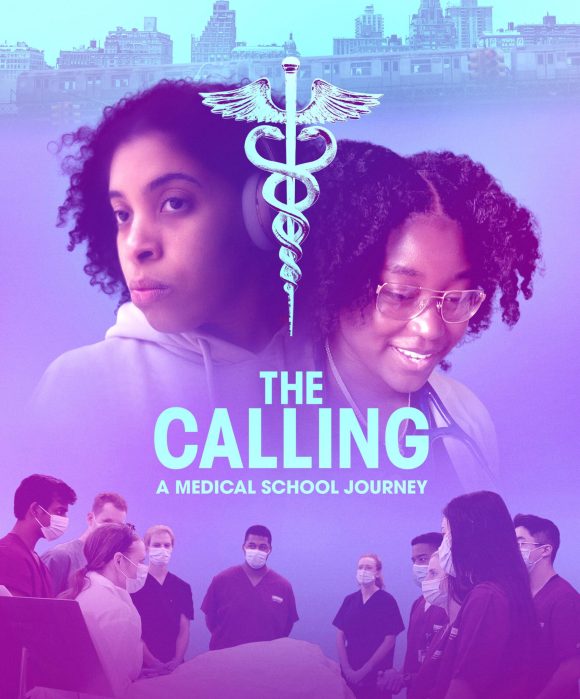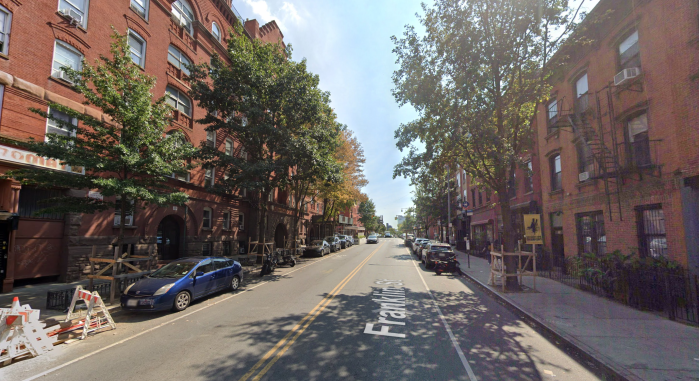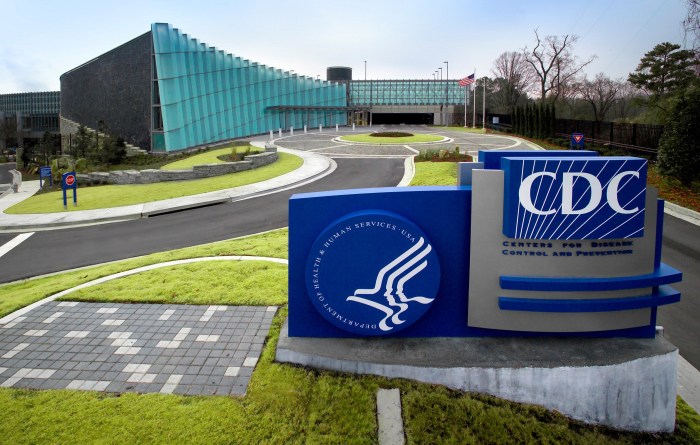
Congestion pricing is coming to New York City.
State politicians announced an agreement shortly after midnight on Sunday to approve the tolling policy for Manhattan as part of a broader package of funding and reforms to the Metropolitan Transportation Authority stuffed into the state’s $175 billion budget. The key details of the plan — including the price of the tolls — will be worked out on a future date.
Gov. Andrew Cuomo celebrated the policy as the first of its kind in the nation — one that will improve traffic while also boosting mass transit.
“There’s two aspects to it. It’s M and M: management and money. I’m not going to ask New Yorkers for more money for the MTA unless I know there’s a better management system at the MTA. And this does both,” said Cuomo during an evening news conference, adding that the “traffic problem … is only getting worse” in the city.
Under the agreement, tolls would be activated by the end of 2020 and charge drivers as they pass 60th Street in Manhattan. The FDR Drive and West Side Highway would be excluded. Car owners living within the tolled district who make less than $60,000 a year would also be eligible for credits, according to the budget. Drivers wouldn’t be tolled more than once per day.
A six-person Traffic Mobility Review Board will next year recommend toll pricing, which could vary based on the time of day, as well as other exemptions and potential credits for drivers to the MTA’s Triborough Bridge and Tunnel Authority, which will oversee the program and give the state significant say over city traffic. The plan is expected to raise $1 billion a year, which the MTA could bond against for up to $15 billion.
That money would go into a “lockbox” for MTA capital projects, along with new revenue from an internet sales tax and progressive mansion tax. Each of those two taxes are anticipated to raise $320 million and $365 million, respectively, each year for the transit authority. All three together could be bonded against to raise a total $25 billion in new funding.
Cuomo, who effectively controls the MTA, led the most recent push for congestion pricing, declaring in the summer of 2017 that it was an “idea whose time has come.” The money will in part go toward MTA Transit President Andy Byford’s Fast Forward plan to modernize subway and subway service while improving transit accessibility.
Lawmakers passed the budget Sunday.
The Senate and Assembly called its members back to the State Capitol for Saturday night closed-door meetings to go over the final details of the budget. The goal in Albany will be to finish the budget — or, at least, the bulk of it — before midnight Sunday, when New York’s 2019-20 fiscal year begins.
Advocates and proponents of congestion pricing who had been pushing for the city to adopt a plan for the better part of a decade cheered the agreement as a “historic” day for New York City, the environment and for the more efficient movement of goods and people.
John Raskin, the executive director of the Riders Alliance, had helped lead the push for congestion pricing for years as a way to generate new revenue for the MTA, which has spiraled and is still dealing with service- and budget-related crises.
“Transit riders were very clear about our frustrations with the transit system and our desire for elected officials to address them,” said Raskin. “This state budget is an indication that our elected officials have been listening.”
Alex Mathiessen, a spokesman for the advocacy group Fix Our Transit, which helped shape congestion pricing policy over the years, said that since Stockholm implemented a congestion pricing plan, exhaust emissions have decreased 14 percent in the inner city.
“Today marks a historic moment for our State and our City, as we secure the funding needed to start modernizing our mass transit system while curbing costly traffic congestion,” Matthiessen said in a statement.
“Once implemented,” he continued, “congestion pricing will create a dedicated funding stream to upgrade the transit system while balancing out and reducing traffic across the city.”
Raskin said advocates will need to stay focused to ensure that any carve-outs or exceptions for the congestion pricing plan don’t weaken it to the point it does not sufficiently aid the MTA.
Even then, the new revenue is not a “silver bullet” for the MTA, Raskin said. The authority still faces a dire operating budget gap of nearly $1 billion by 2022, leaving concerns over the fate of bus and subway service.
As part of the agreed-upon part of the budget, the MTA would have to undergo a series of reforms by June. It includes a deep, independent forensic audit of the MTA, dubbed the MTA Rail Act, that would investigate fraud, practices for budgeting salaries, conflicts of interest in hiring and contracting, and spending on design and construction.
But budget watchdogs were not sold either on the reform package or the details of the congestion pricing decision-making. John Kaehny, the executive director of the nonprofit Reinvent Albany, noted that while he was a stern supporter of congestion pricing, the six-person panel to set tolls and related policies raises red flags — as does a new “construction review unit” made up of outside experts to review major projects.
Kaehny said those new groups add unnecessary “complexity and opacity” to MTA operations, making it harder for the general public to follow along.
"The whole concern from the side of Reinvent Albany and other watchdogs is a lack of transparency and accountability at the MTA,” Kaehny said.
He also questioned why the MTA would have to take on a significant restructuring by June, which he said could limit public oversight and input.
“I don’t see why the process needs to be rushed and secretive,” he said. “The MTA wasn’t broken in a day and it really shouldn’t be fixed in an artificial deadline for a month.”
With Yancey Roy and Michael Gormley
An earlier version of this story inaccurately outlined which residents would be eligible to receive toll credits under the budget’s congestion pricing plan.
